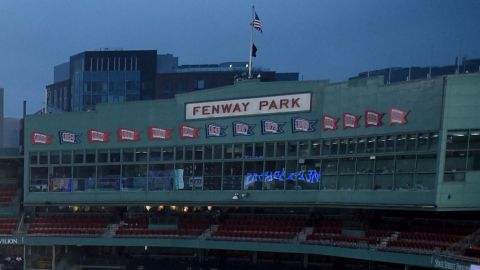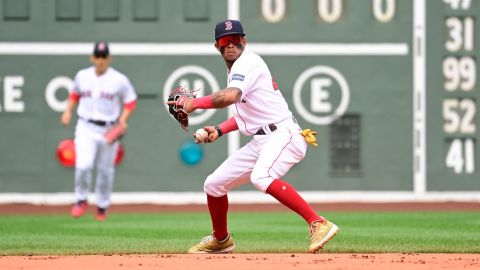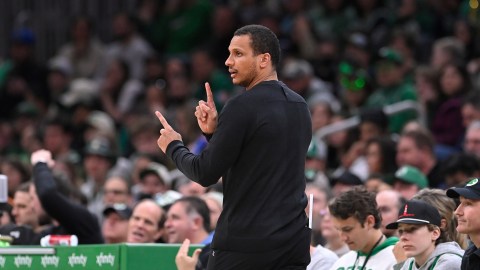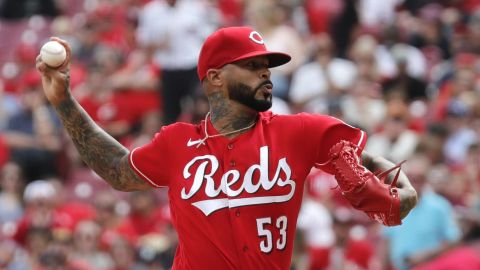Editor's note: Each day this week, Tony Lee will examine one part of Carl Crawford's journey to major league stardom. On Monday, Crawford's high school dominance in three sports was remembered.
Carl Crawford was 17 and had just turned down full-scale offers to play quarterback in front of thousands of adoring fans at a place like Nebraska or point guard at UCLA, a decision that some his age might find asinine.
They may have wondered if Crawford made the right choice when, weeks before he was even old enough to vote, he shipped off to a tiny town on the West Virginia-Virginia border to play the sport he once called his "third love." He was very good at baseball, but Princeton, W.Va., had nothing on Saturday afternoons in Lincoln or Westwood or at any of the campuses where he could’ve been the big man.
Also, Crawford’s greatest asset, his speed, would certainly be put to better use running around end against the Sooners or in the open court of Pauley Pavilion, wouldn’t it? Well, when it’s speed of the "game-changing" variety, as Red Sox manager Terry Francona is fond of saying, it has the power to change any game. And it didn’t take long for Crawford to prove that point.
In his first week playing for the Princeton Devil Rays of the rookie-level Appalachian League in 1999, Crawford beat out a three-hop grounder to the right side with speed that stunned onlookers, including a second baseman whose routine throw to first was too late.
"That’s when I knew we were dealing with something special," said one-time Rays hitting coach Steve Henderson, a minor league instructor at the time. "I hadn’t seen speed like that in a long time."
In that first professional year, Crawford would hit .319 and steal 17 bases, interestingly enough tied for the team lead with one Josh Hamilton, the Rays’ No. 1 pick that year.
In his second season as a pro, now old enough to vote, Crawford had a few more opportunities to exhibit his ability to change games while toiling for the Charleston RiverDogs. The reaction from those that watched him steal 55 bases in 64 attempts and lead the Single-A South Atlantic League with 170 hits was essentially the same as it had been when Henderson’s jaw dropped.
"You could tell he was really special from the beginning," said Charlie Montoyo, who managed the RiverDogs that year. "And what made him different was his speed."
Of course, speed would only carry Crawford so far. As he climbed the organizational ladder he needed to gain an understanding of the strike zone. Those first two professional seasons saw the speedster draw 45 walks against 149 strikeouts. Montoyo said at the time that once that understanding came, Crawford would be "unstoppable."
Thing is, would the Rays (Devil Rays at the time) be willing to wait? Crawford was so dynamic a talent and an unconscionably hard worker that concerns over plate discipline were easily overwhelmed. In addition, this was a franchise struggling to get itself going while employing a boatload of over-the-hill stars (Jose Canseco, Wade Boggs and Fred McGriff come to mind). The club needed a young star on which to hang its hat, and Hamilton had already begun to spiral amid a haze of drugs and alcohol.
So, when Crawford met some struggles at Double-A Orlando in 2001, while still only 19, it did little to slow his march to the majors. His average fell 27 points, his OPS 76 and his stolen base percentage from 85.9 to 64.3 from the year before. Crawford still had a solid season, but his age and lack of refinement figured to give him more time to get ready for the big leap. However, he played in just 85 games at Triple-A Durham the following season before getting the call to Tampa Bay late in the 2002 campaign.
No matter that he was still striking out almost once a game and rarely drawing walks. Crawford had too much to offer and the organization had too much to gain when it made him the youngest player in its short history to get the promotion.
It’s safe to say the Rays made the right choice, as did Crawford when he turned his back on football and basketball.
Check out Wednesday’s story on Crawford’s early years in Tampa Bay, which saw him stand out on a perennial loser.



